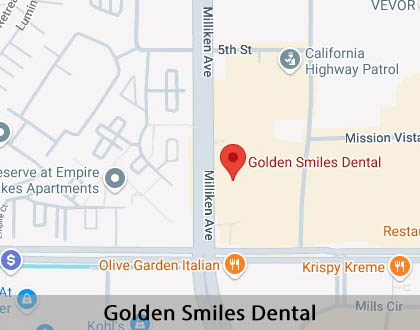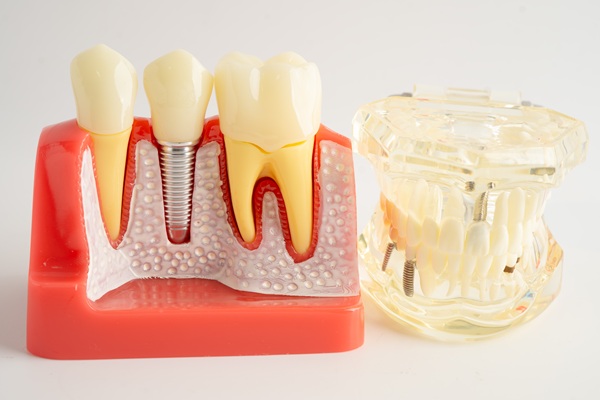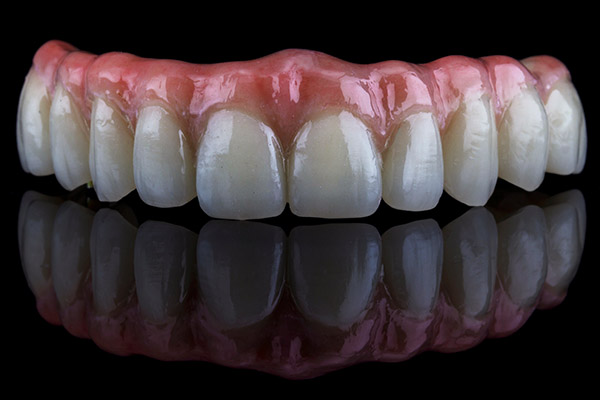Routine Dental Care Rancho Cucamonga, CA
Routine dental care is essential to keeping the smile healthy. Consistently practicing good oral hygiene helps reduce the overall risk of disease. From home care to routine dental checkups to appointments with a specialist, routine dental care may vary over time.
To speak with a dentist to learn more about what your routine dental care should look like in Rancho Cucamonga call our office at (909) 297-1966.
The Importance of Routine Dental Care Important
Good oral health is crucial to good bodily health. Without routine dental care, the mouth becomes susceptible to decay and gum disease, which, in addition to tooth loss, may cause adverse effects elsewhere in the body.
Once underneath the gums, bacteria have access to the bloodstream. This gives them access to the rest of the body. Routine dental care substantially lowers the risk of this happening. Keeping the mouth and body healthy makes a balanced life possible.
“Keeping the mouth and body healthy makes a balanced life possible.”
Routine Dental Checkups
Checkups are usually recommended every six months. Patients should make the dental team aware of any dental concerns, fears, or anxieties they may have to ensure steps are taken to make the checkup as comfortable as possible. The dentist may need to be visited more frequently depending on the state of a patient's oral health.
During a checkup, a dental professional will clean and polish the teeth, and give home oral care recommendations. The dental professional will also check the mouth for decay and disease, possibly with the aid of dental X-rays. If someone is not a new patient, has not skipped any regular appointments, and has good oral health, they may not need to see the dentist during the appointment.
“Patients should make the dental team aware of any dental concerns, fears, or anxieties they may have to ensure steps are taken to make the checkup as comfortable as possible.”
At-home Oral Hygiene Care
To maintain good oral health between dental checkups, an at-home oral hygiene routine is essential. Here is a list of recommended steps this routine should include:
- Brushing twice a day with a dentist-recommended toothbrush
- Flossing once a day
- Using a fluoride mouthwash
This is not necessarily an exhaustive list, and the dentist may recommend additional steps depending on your oral health situation. If a patient is unsure about what oral hygiene products to use at home, they should ask our dental team for recommendations.
“To maintain good oral health between dental checkups an at-home oral hygiene routine is essential.”
Check out what others are saying about our dental services on Yelp: Routine Dental Care in Rancho Cucamonga, CA
Dental Care for Unique Smile Needs
In some cases, additional care that goes beyond regular dental checkups and routine brushing and flossing may be necessary. Our dental team will discuss these needs and provide guidance.
Scaling and Root Planing
The dentist may recommend scaling and root planing to treat gingivitis and other forms of gum disease. While this procedure is similar to the scaling the hygienist performs on teeth during a regular checkup, the focus is not only on the surface of the teeth around the gums but also underneath the gums. Scaling and root planing goes beneath the gumline to remove buildup. In some cases, a patient may be referred to another dental professional for this procedure.
Smile Makeovers
If a patient has crooked teeth, gaps between the teeth, or other aesthetic concerns, these can be treated with cosmetic dentistry procedures. In some cases, smile imperfections that seem like only cosmetic issues have implications for oral health as well. Always speak with our dentist about any concerns. They will provide further guidance and, if necessary, help with a referral to another health professional.
“In some cases, additional care that goes beyond regular dental checkups and routine brushing and flossing may be necessary.”
Questions Answered on This Page
Q. Why is routine dental care important?
Q. What happens during a routine dental checkup?
Q. What should be included in an at home oral health routine?
Q. Beyond regular checkups, what additional procedures might a dentist recommend?
People Also Ask
Q. How often should someone have a dental checkup?
Q. Why does the dentist use fluoride mouthwash in the cleaning?
Q. How can a person's diet help with tooth decay?
Q. Am I at high risk for developing oral cancer?
FAQs
Q. How often are dental checkups needed?
A. Dental checkups are an important part of routine dental care. To maintain a healthy smile, dental professionals recommend scheduling a checkup with a dentist at least once every six months. Some patients may need these checkups more frequently, depending on their oral health.
Q. What should be included in an at-home oral care routine?
A. Having an at-home oral care routine will help keep the smile healthy in-between regular dental checkups. This routine should include brushing at least twice a day, flossing at least once a day, and using an appropriate mouthwash. This routine may vary depending on oral health and a dental professional's recommendations.
Q. What happens at a dental checkup?
A. During a dental checkup, a dental professional will look at the mouth and teeth for any signs of concern. They will also clean the teeth with specialized tools to remove the buildup of plaque and tartar. This leaves the teeth clean and helps to keep them healthy and free of bacteria that could cause decay.
Q. What is scaling and root planing?
A. For some patients, a dental professional may recommend scaling and root planing. This common dental procedure is very similar to routine dental cleaning and is often recommended for patients that show signs of gum disease or gingivitis. It is just a deeper clean that also removes buildup on the teeth from beneath the gum line.
Q. Why are X-rays taken at a dental checkup?
A. X-rays help dentists catch oral health issues that can not be detected with a visual exam, such as impacted wisdom teeth and bone loss. They allow the dentist to see under the gum, the roots of teeth, and the jaw bone. Also, X-rays are important for a new patient to help our team assess the current state of that patient's overall oral health.
Dental Terminology
Call Us Today
Our dental team is here to provide exceptional dental care that meets the needs of a variety of patients. To schedule a dental checkup or exam, patients may call our office to request an appointment. Request an appointment with our dentist at Golden Smiles Dental by calling our office at 909-297-1966 today!
Helpful Related Links
- American Dental Association (ADA). Glossary of Dental Clinical Terms. 2024
- American Academy of Cosmetic Dentistry (AACD). Home Page. 2024
- WebMD. WebMD’s Oral Care Guide. 2024
About our business, and website security
- Golden Smiles Dental was established in 2013.
- We accept the following payment methods: American Express, Cash, Check, Discover, MasterCard, Visa, CareCredit, LendingClub, Proceed Finance, and Sunbit
- We serve patients from the following counties: Los Angeles County, San Bernardino County and Riverside County
- We serve patients from the following cities: Rancho Cucamonga, Alta Loma, Upland, Ontario, Fontana, Rialto, Chino, Colton, Eastvale and San Bernardino
- Norton Safe Web. View Details
- Trend Micro Site Safety Center. View Details
Back to top of Routine Dental Care













